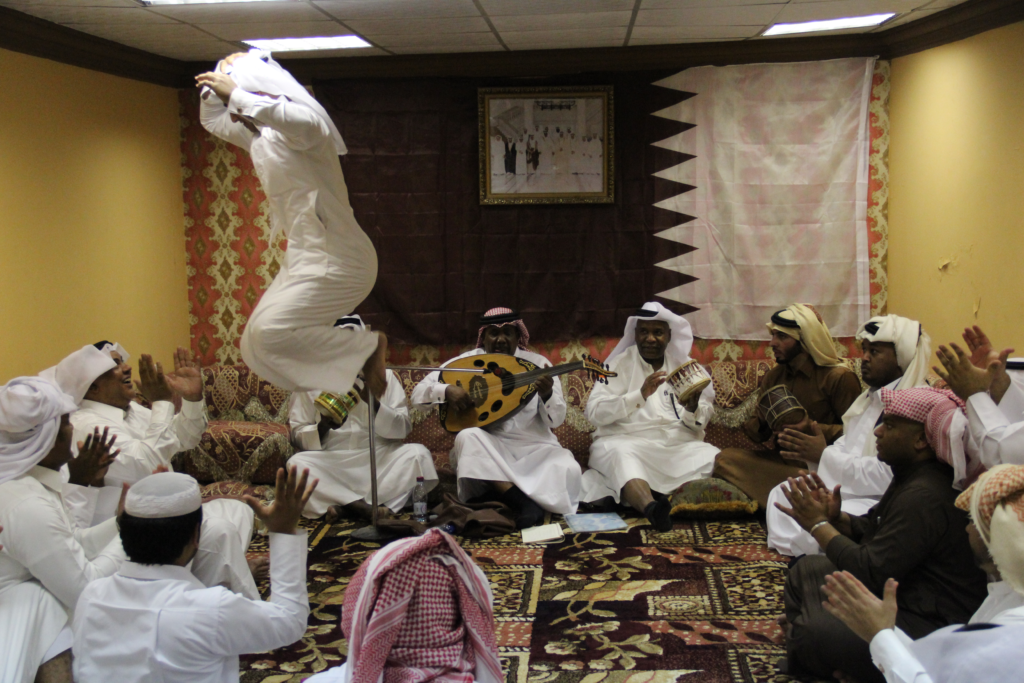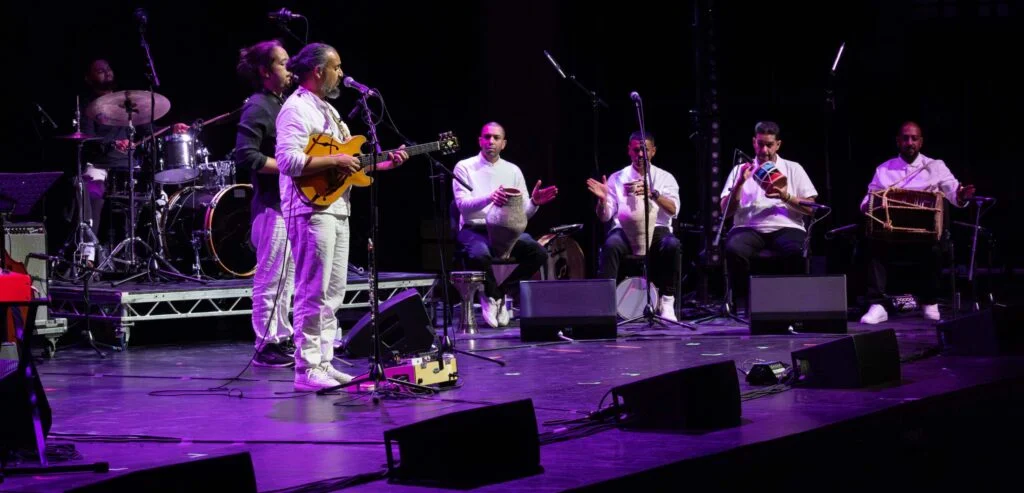Traditional Gulf music is more than just a part of regional heritage — it’s now influencing global music scenes like pop, hip-hop, EDM, and even indie. Artists and producers around the world are borrowing sounds, rhythms, and instruments from Gulf traditions to create unique and modern hits. This musical bridge between the old and the new is shaping a fresh soundscape for the 21st century.
What Is Traditional Gulf Music?
Gulf music refers to the musical traditions of the Arabian Gulf region, which includes countries like Saudi Arabia, the UAE, Kuwait, Bahrain, Qatar, and Oman. Known for its deep rhythmic patterns, vocal techniques, and cultural storytelling, Gulf music has unique characteristics that distinguish it from other Middle Eastern or Arabic musical styles.

Key Elements of Gulf Music
- Percussion instruments like tabl, mirwas, and duff
- Repetitive polyrhythmic patterns
- Call-and-response vocals
- Deep connection to Bedouin poetry and maritime life
These sounds evolved from tribal life, desert culture, pearl diving, and seafaring traditions. Songs often reflect themes of love, nature, loss, and bravery.
Why Modern Musicians Are Embracing Gulf Music
The world is always searching for new sounds. As globalization connects cultures, musicians are digging deep into traditional forms to stand out in a saturated market. Gulf music offers rich rhythms and melodies that give modern songs a unique identity.
Some reasons include:
- Authenticity and raw emotion in Gulf rhythms
- Cultural fusion trending in global music markets
- Collaborations with regional Gulf artists
- Search for untapped regional influences
7 Powerful Ways Gulf Music Is Influencing Modern Sounds
1. Beats and Percussions in Pop and Hip-Hop
Modern producers are sampling Gulf percussions for their deep, raw energy. Songs in Western pop and hip-hop increasingly feature Gulf drum patterns that bring an earthy, tribal feel to the track.
2. Rise of Khaleeji Beats in Electronic Dance Music (EDM)

EDM artists are blending fast-paced electronic beats with Khaleeji music (music from the Gulf). These combinations create tracks that are both dance-friendly and culturally rich.
3. Fusion Tracks by Arab Diaspora Artists
Artists of Gulf descent living abroad are using Gulf music to stay connected to their roots. They mix Arabic lyrics, traditional melodies, and modern production to form fusion genres gaining popularity online.
4. Use of Traditional Instruments in Modern Recordings
Instruments like oud, qanun, and traditional Gulf percussion are being played in modern compositions. These sounds add warmth and depth that synthetic beats can’t replicate.
5. Influence on Music Videos and Visual Culture
It’s not just sound — music videos inspired by Gulf culture often feature traditional attire, desert landscapes, or historical references, helping push Gulf aesthetics into the global mainstream.
6. Inspiration for Songwriting and Storytelling
Lyrics in Gulf music often center on longing, migration, and nature. This poetic style is inspiring songwriters across genres to embrace more emotional, narrative-driven writing.
7. Collaborations Between Gulf and Global Artists
Major artists from the US and UK are partnering with Gulf musicians to tap into new audiences. These collaborations not only highlight Gulf music, but also increase respect and curiosity about its origins.
Case Studies: Gulf Influence in the Music Industry
Balqees and the New Arabic-Pop Wave

Yemeni-Emirati singer Balqees is blending Gulf rhythms with global pop. Her songs frequently trend on platforms like YouTube and Spotify across the Arab world.
DJ Snake and the Arabic Sound Movement
In tracks like Magenta Riddim, DJ Snake taps into Arabic percussive sounds that reflect Gulf music influence, even if indirectly. Such exposure puts Gulf rhythms on a global stage.
Challenges in Bringing Gulf Music to the Mainstream
Despite the rising popularity, there are barriers:
- Language barrier: Many songs are in dialects unfamiliar to non-Arabic speakers.
- Lack of documentation: Traditional songs are often passed orally and lack structured archives.
- Cultural appropriation concerns: Using Gulf sounds without context can be viewed as disrespectful.
Still, careful and respectful collaborations are proving that Gulf music can thrive globally.
Future of Gulf Music in the Global Soundscape
With the rise of streaming, social media, and global music festivals, Gulf music is set to reach even wider audiences. Platforms like TikTok and Instagram are helping short clips of Gulf-inspired tracks go viral.
Expect more:
- Regional stars signing with international labels
- Global tours featuring Gulf-fusion acts
- Academic interest in documenting Gulf musical heritage
- Integration of Gulf music in films, games, and advertising
Conclusion: Gulf Music’s Timeless Influence
Gulf music is no longer confined to regional celebrations or folklore festivals. It’s being remixed, reimagined, and respected by a new generation of global artists. Its traditional soul combined with modern experimentation is making it one of the most exciting musical trends today.
As the world continues to open up to diverse sounds, Gulf music is not just surviving — it’s thriving and shaping the future of global music.
read more- Emerging Gulf Painters and Sculptors: 15 Brilliant Talents to Know



